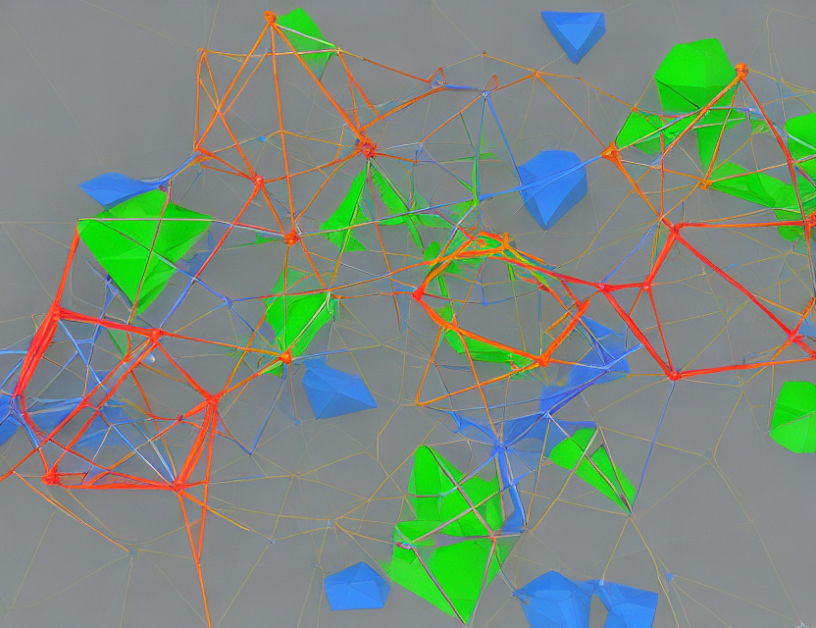In this article, the authors explore the idea of preserving raw information to improve the performance and generalization of a machine learning model. They propose an "evolving perspective" that captures the real-time dynamics of a network by including the latest evolutionary content of all participating nodes. This approach is particularly useful when dealing with events that have a significant impact on the network, such as the purchase of a mobile phone. The authors argue that relying solely on feedback coefficients can lead to a lack of context and hinder the model’s ability to adapt to changing conditions. By incorporating raw information into the model, they believe it can better capture the nuances of the network and provide more accurate predictions.
Key Takeaways
- The authors propose an "evolving perspective" to capture real-time dynamics in a network.
- This approach includes the latest evolutionary content of all participating nodes.
- Raw information is incorporated into the model to improve performance and generalization.
- Feedback coefficients alone may not provide sufficient context for accurate predictions.
- The evolving perspective can help the model adapt to changing conditions by capturing the nuances of the network.



